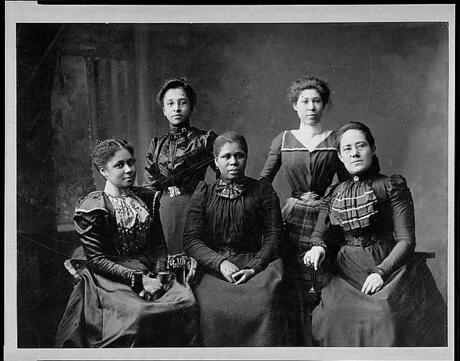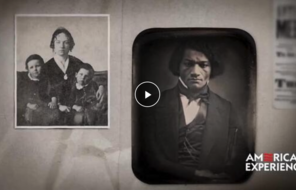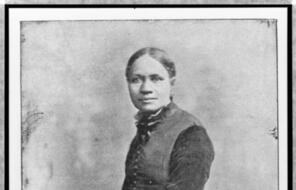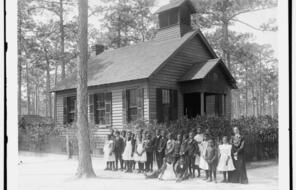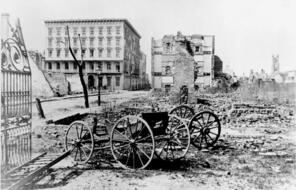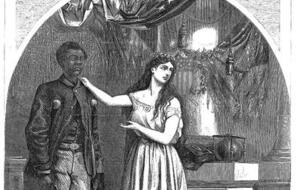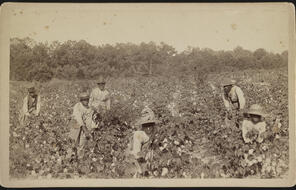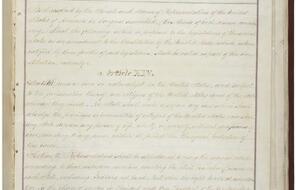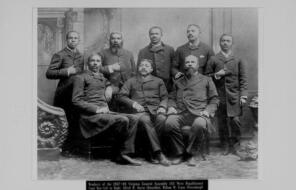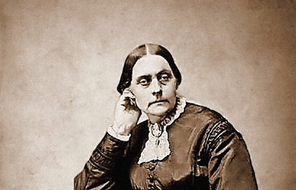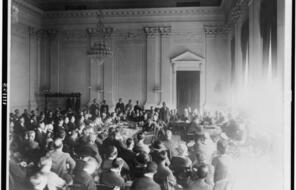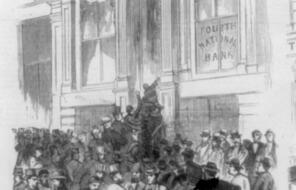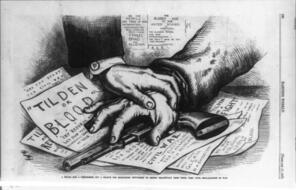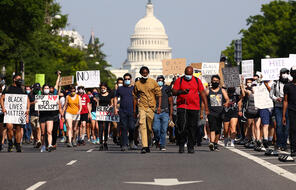Women’s rights advocates had a long history as part of the abolition movement, but after the Thirteenth Amendment was ratified, some members of the coalition diverged in their efforts for equality. As compromises in the Fourteenth and Fifteenth Amendments left women’s suffrage off the agenda, some women’s rights advocates—such as Frances Ellen Watkins Harper, Frances Gage, Lucy Stone, and Frederick Douglass,—continued to support the amendments, while others, notably Susan B. Anthony and Elizabeth Cady Stanton, strongly opposed them.
Gage and Stone argued that any expansion of rights, even if inadequate in scope, ought to be supported because it would make society more democratic. Anthony and Stanton argued that white women deserved the franchise before African Americans and other groups. Both activists opined about the “injustice” of giving Black men the vote before educated and wealthy white women, with Stanton making this racist assertion in her newspaper: “Think of Patrick and Sambo and Hans and Yung Tung who do not know the difference between a monarchy and a republic, who never read the Declaration of Independence or Webster’s spelling book, making laws for Lydia Maria Childs, Lucretia Mott, or Fanny Kemble.”
Ultimately, the schism over the Reconstruction amendments led to the creation of two separate organizations. Stanton and Anthony formed the National Women’s Suffrage Association, while Stone and Julia Ward Howe founded the American Woman Suffrage Association. The two organizations would not be reunited until the twentieth century.
During this period, Black women such as Adella Hunt Logan, a Tuskegee Institute professor, were strong advocates of female suffrage, although their demands often differed from those of white suffragists. These activists framed suffrage for both Black men and women as a necessary form of repair for slavery. Hunt Logan summarized this demand: “If white American women, with all their natural and acquired advantages, need the ballot, that right protective of all other rights . . . how much more do Black Americans, male and female, need the strong defense of a vote to help secure them the right to life, liberty, and the pursuit of happiness?” Sojourner Truth added her voice to the conversation as well, pointedly noting: “There is a great stir about colored men getting their rights, but not a word about the colored woman; and if colored men get their rights, and not colored women get theirs, there will be a bad time about it.”
Scholar Kimberlé Williams Crenshaw observes that although Black women were ultimately denied the franchise, they powerfully shaped the political agenda of Reconstruction. As leaders in churches and various civic and political organizations, Black women were tireless advocates of freedom, participating in key debates about how the Black vote should be cast and defending the rights of freedmen to vote, sometimes providing armed protection. As students will see in this lesson, one of the central arenas for Black women activists during Reconstruction was the struggle for equal treatment in public accommodations.
This struggle was part of a broader fight for dignity and equal treatment that emerged during Reconstruction. Williams Crenshaw writes that following the Civil War, “freedwomen directly and immediately contested the gendered norms of slavery that had long denied Black women the rights of womanhood, motherhood, and ladyhood.”
For activists such as Frances Ellen Watkins Harper (see Speech by Frances Watkins Harper: “We Are All Bound Up Together”), securing Black women equal treatment in public spaces—such as the ability to travel in the ladies’ car on railway trains—was critical for securing full emancipation and inclusion in the reconstructed nation.
